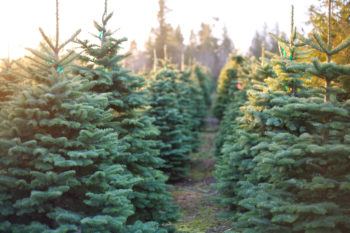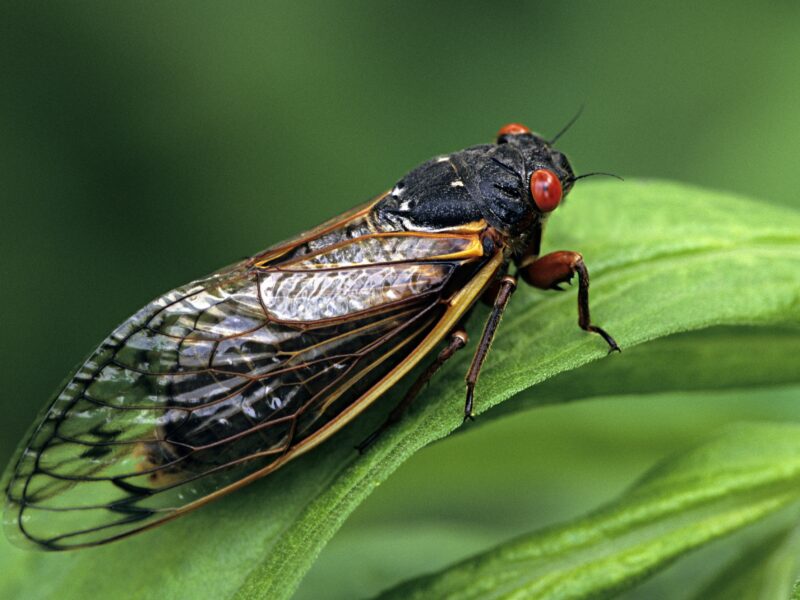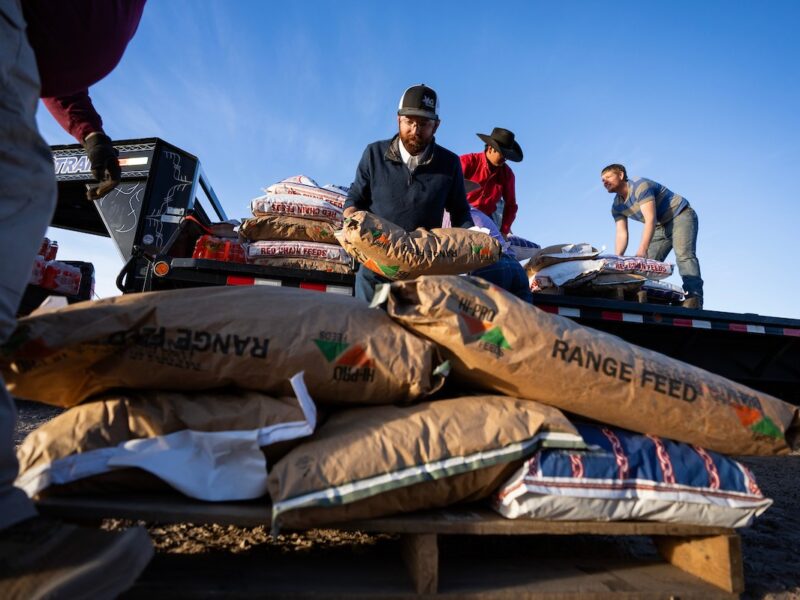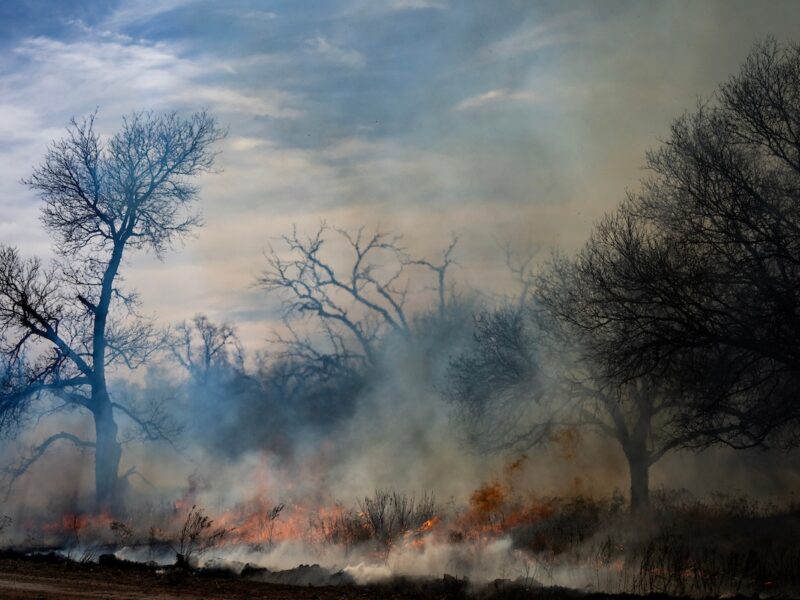Christmas Tree Demand Strong Despite Challenging Season

Texas Christmas tree producers experienced a challenging growing season, but a good holiday season market is making any additional effort and expense worth it for many.
Greg Grant, Texas A&M AgriLife Extension Service horticulture agent, Smith County, said 2020 has been a challenging season for many agriculture industries and businesses due to weather and the COVID-19 pandemic. But Christmas tree farms and nurseries in general have been a bright spot for Texas.
There were concerns about how the pandemic might affect tree farms, but indications are that the season is providing good market conditions for Texas producers, he said.
“It was an odd year horticulturally speaking with a normal spring, decent summer and an atypically dry fall, so it’s good that the trees – the Leyland cypress and Virginian pines that are grown locally – fared relatively well,” he said. “And the concerns about whether people would just stay home and put up a plastic tree this year seem to be subsiding as consumers have shown they want live trees and want to get out and have a traditional holiday experience with their families.”
Christmas Tree, Holiday Traditions
Bob Jones, owner of Spring Creek Growers in Magnolia, said demand for Texas-grown Christmas trees is very strong overall. COVID-19 has required increased expenses and logistical complications for his operation, but it has also increased customer traffic and demand for “choose and cut” trees.
“We’ve implemented all the sanitation, social distancing and safety measures, including curbside pickup, to make our customers comfortable, but what we’re seeing and hearing is that people are tired of being cooped up and they are looking for activities outdoors.”
Jones said customer visits to his operation, which also includes cut trees, a bakery and hayrides have picked up throughout the week.
Tree prices increased minimally to help offset some of the added expenses, but Jones said they are competitive with other suburban areas around the state. “Choose and cut” trees, which are those picked out and cut down by the customer as a holiday family experience, start around $60-$65 with prices increasing according to height. Cut trees from out of state start at $80-$90.
“Slight price increases were likely similar around the state, either based on tighter supplies of shipped trees and very strong demand or to absorb costs associated with the pandemic,” he said. “Prices might have gone up a little more in bigger markets, but I think most producers are sensitive to the fact many families may have other spending priorities this year.”
Tree Quality, Challenges
Jones said tree quality was good this year, but that the growing season was challenging due to drought. August was especially difficult as dry conditions required intense moisture monitoring on the farm.
“We went into a flash drought where it turned very hot and dry very quickly, and August is when the trees typically get their first flush that we follow with a trimming in September, and then trees typically respond with another flush where they really fill out nicely,” he said. “So, we were pouring water 24/7 to keep them hydrated through those flushes.”
Jones said disease pressure was minimal this year, but that he maintained his proactive integrated pest management program throughout the season to monitor and avoid any potential problems. Leyland cypress trees can be susceptible to a fungus called seiridium canker, but there were few issues this season.
Overall, despite some challenging weather, the 2020 holiday season should be good for many Christmas tree farms, especially those that provide an array of outdoor activities related to the holiday season.
“There’s really not much competition for time this year,” he said. “People aren’t traveling, not taking their typical trips, so they are hungry to get out and do something, especially families with kids.”
Tree Care At Home
Grant said there are a few things consumers can do to extend the life of their Christmas tree.
Providing water to any fresh-cut tree as soon as possible is an important first step, he said. He also recommends trimming the base of pre-cut trees to allow the tree to better absorb water before and after it is placed in the home.
“I would recommend placing the tree in a bucket with plenty of water as soon as you arrive home and let it soak up as much moisture as it can overnight,” he said. “Then place the tree and fill the stand’s reservoir, and monitor the reservoir and add water as needed. A lot of people put water in the reservoir as soon as they get home, but then they have a tree skirt and presents around it and forget about additional water. But proper watering will extend its life and help reduce the chances of having a brittle tree or dropping needles, and a potential fire hazard.”
This article by Adam Russell originally appeared on AgriLife Today.





